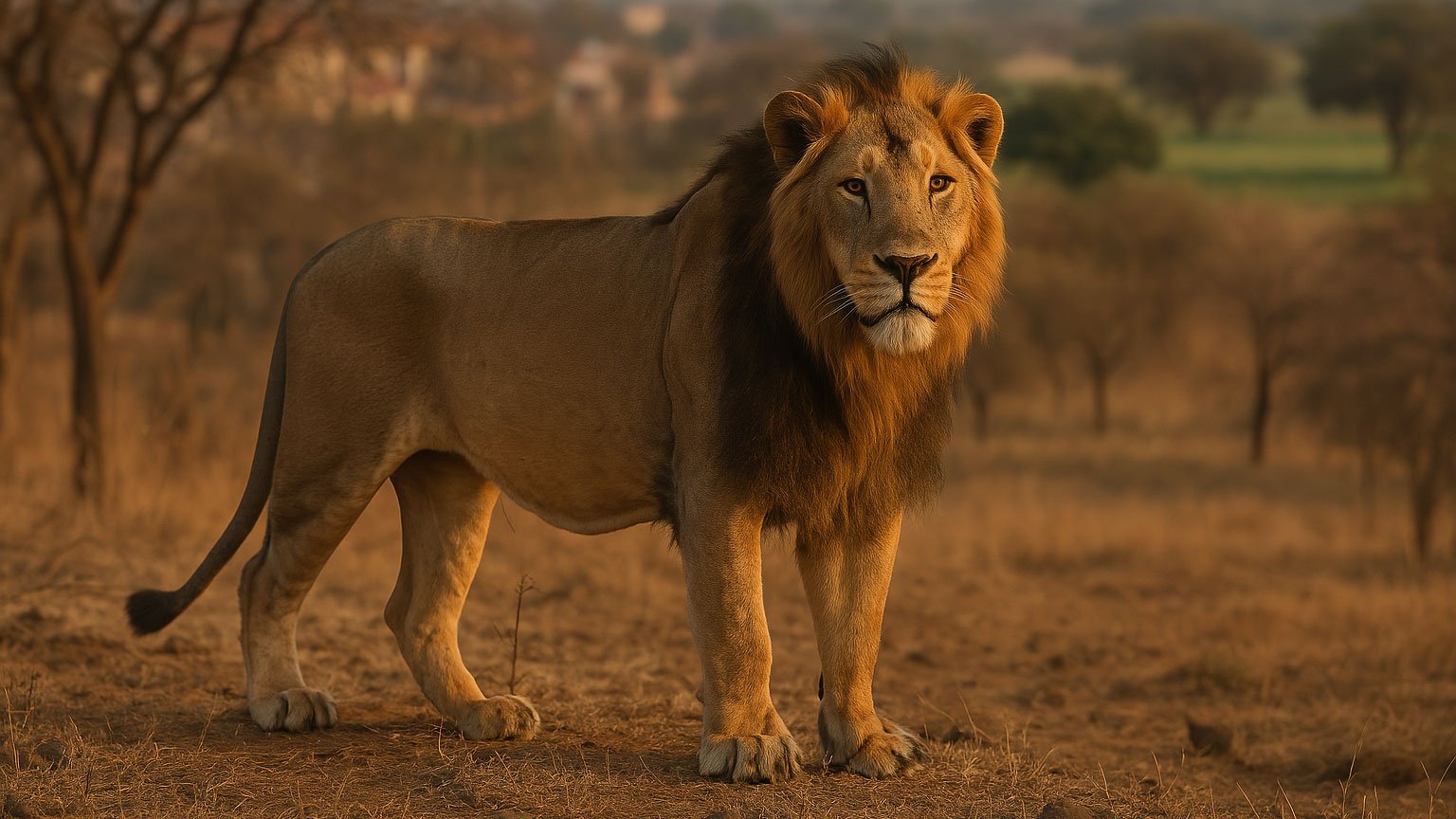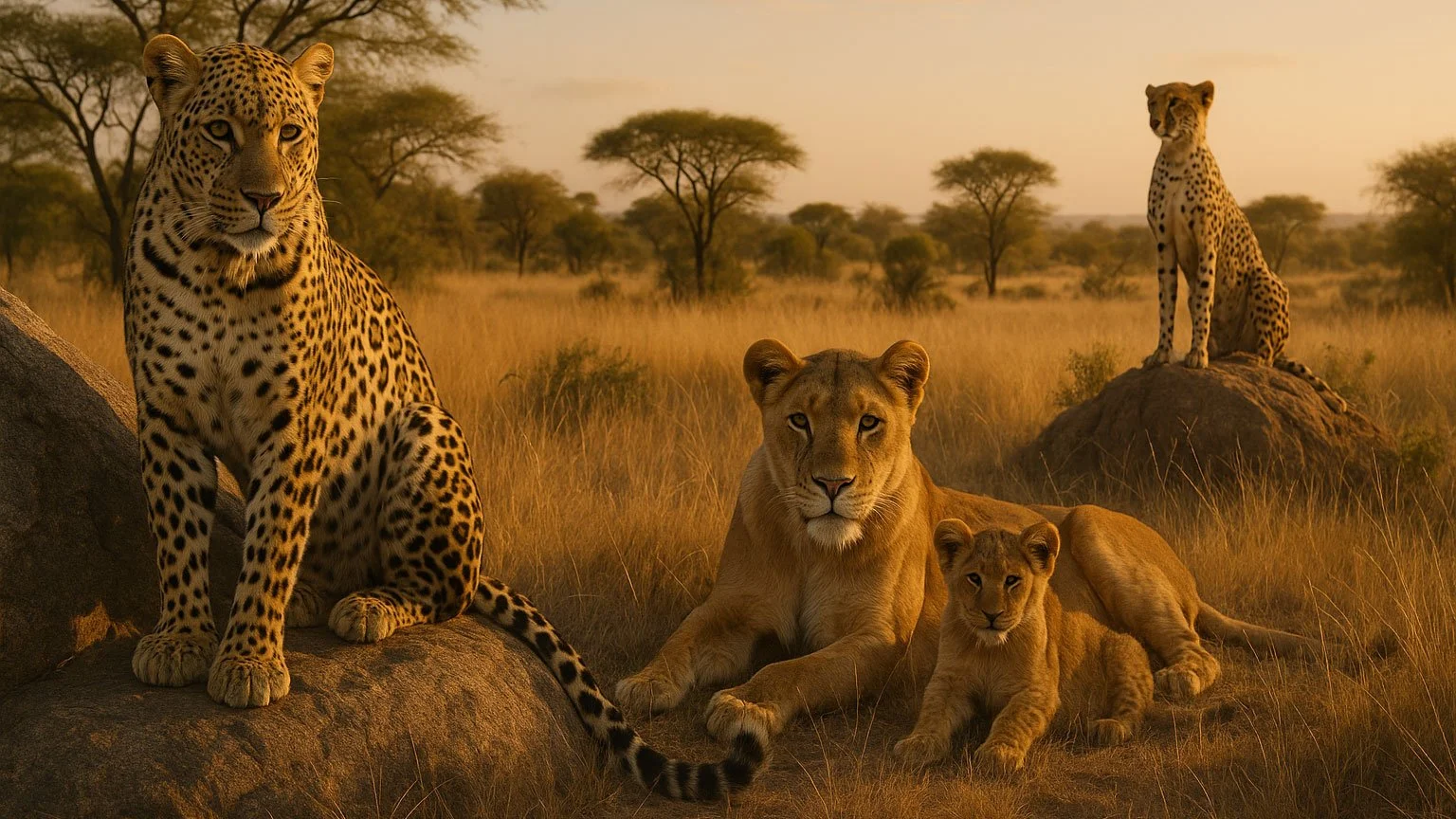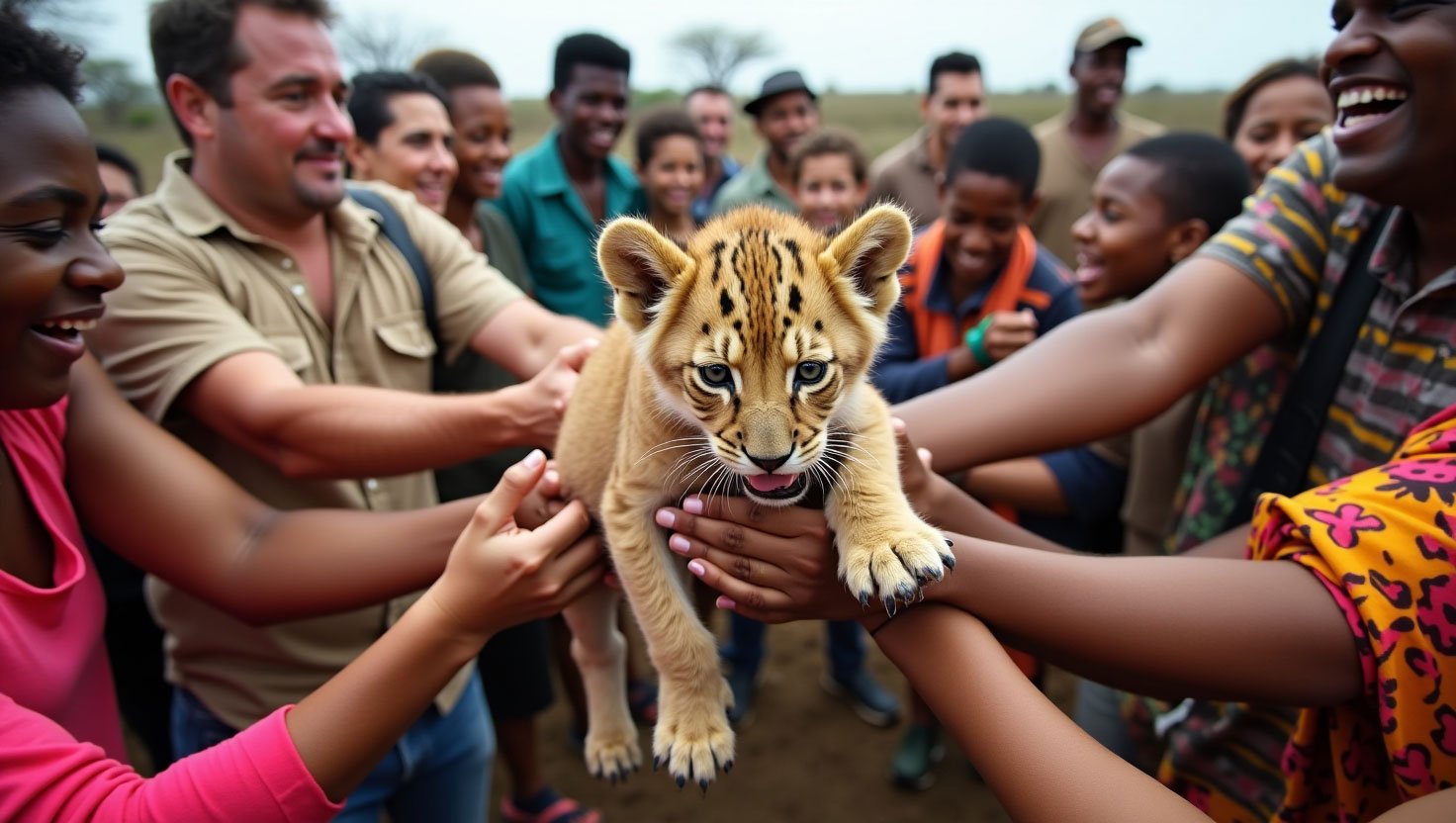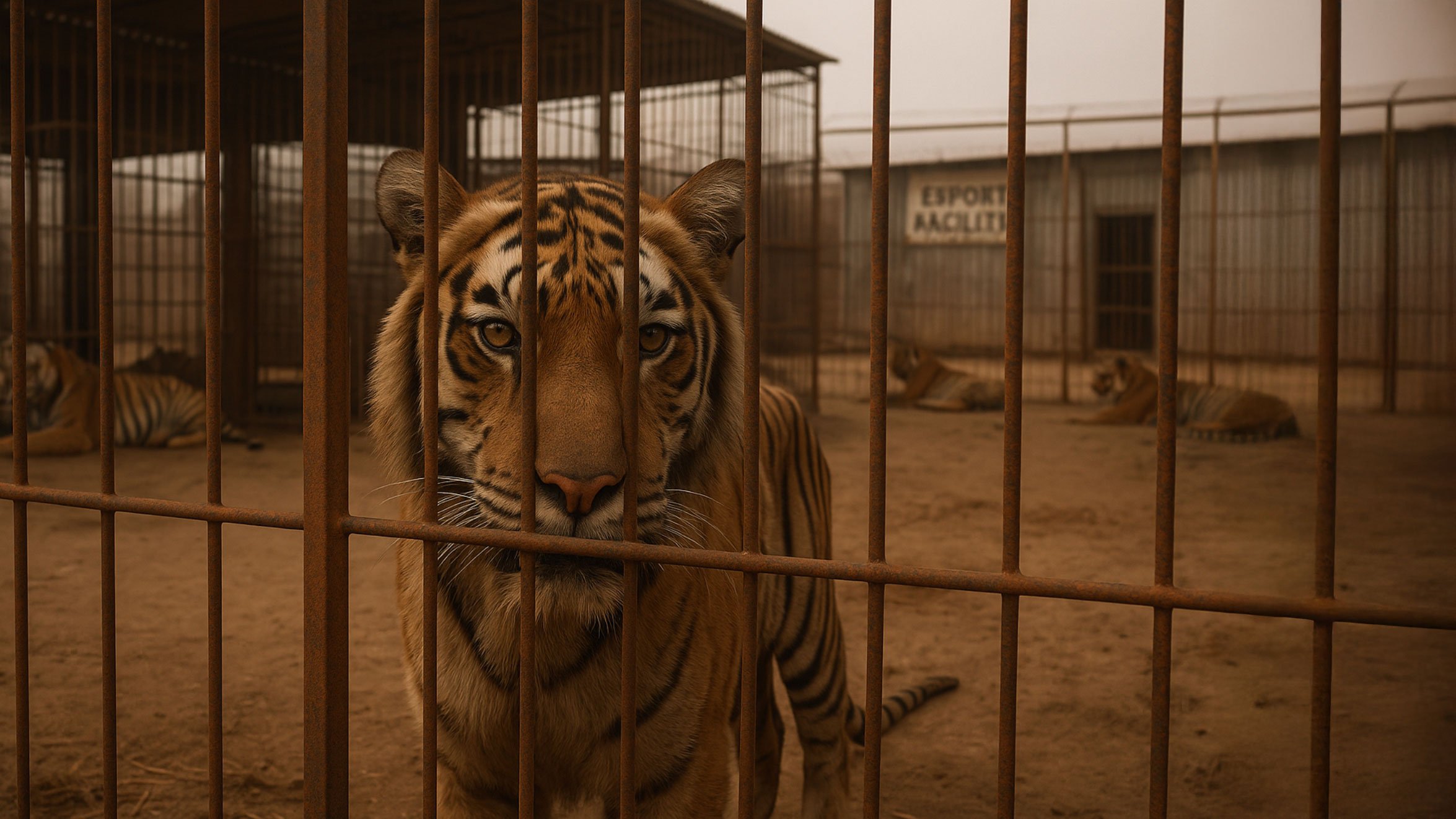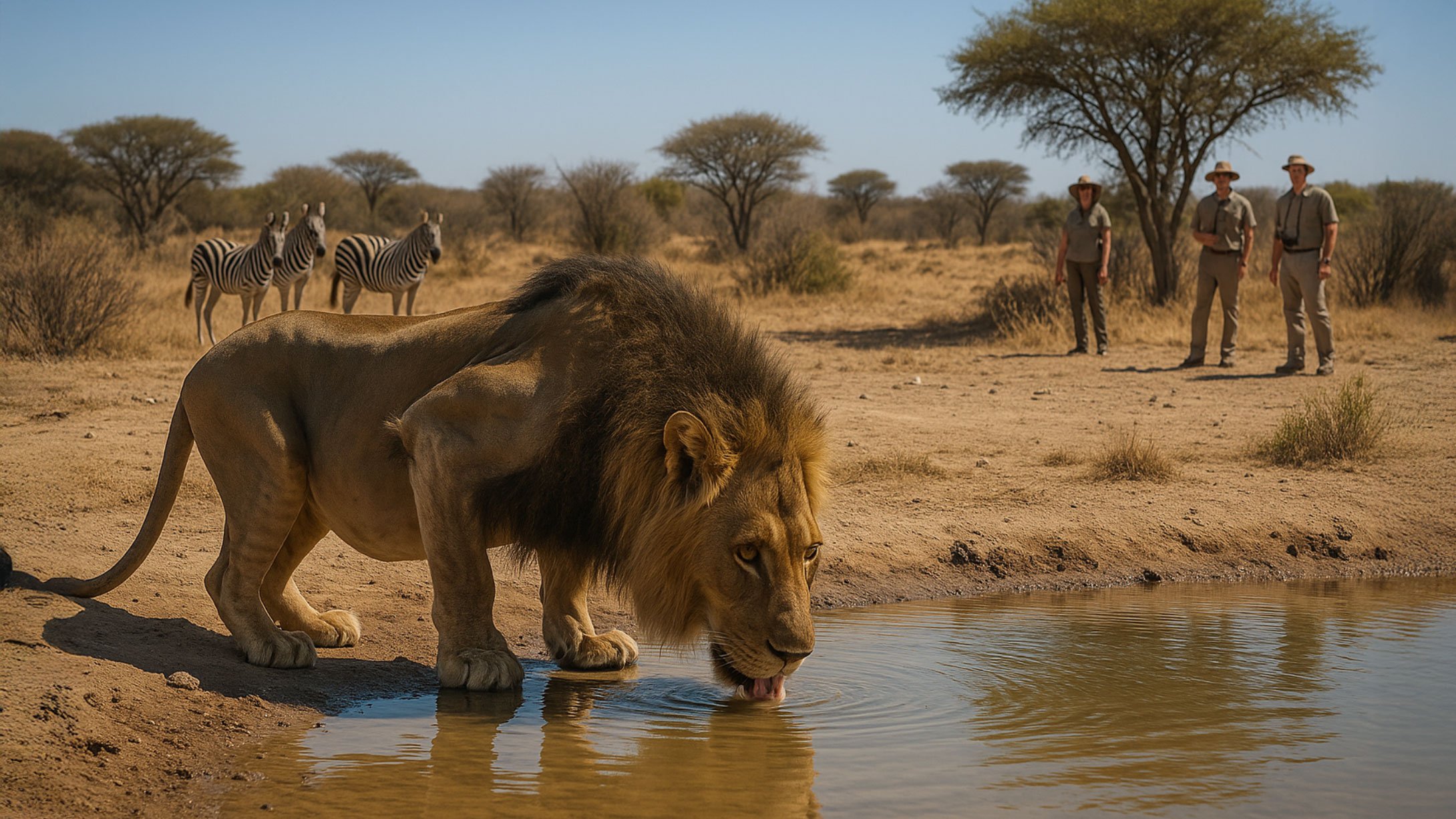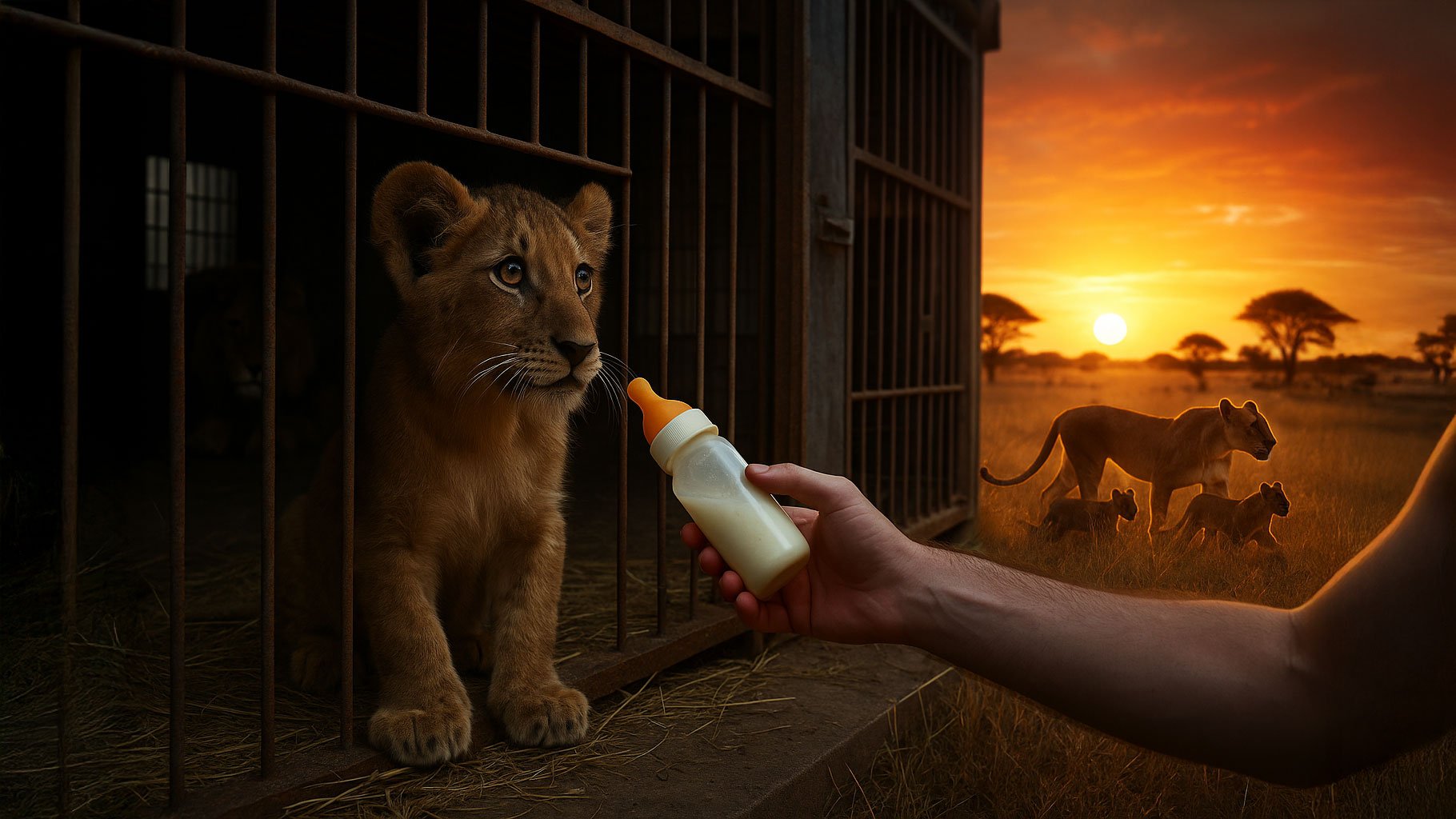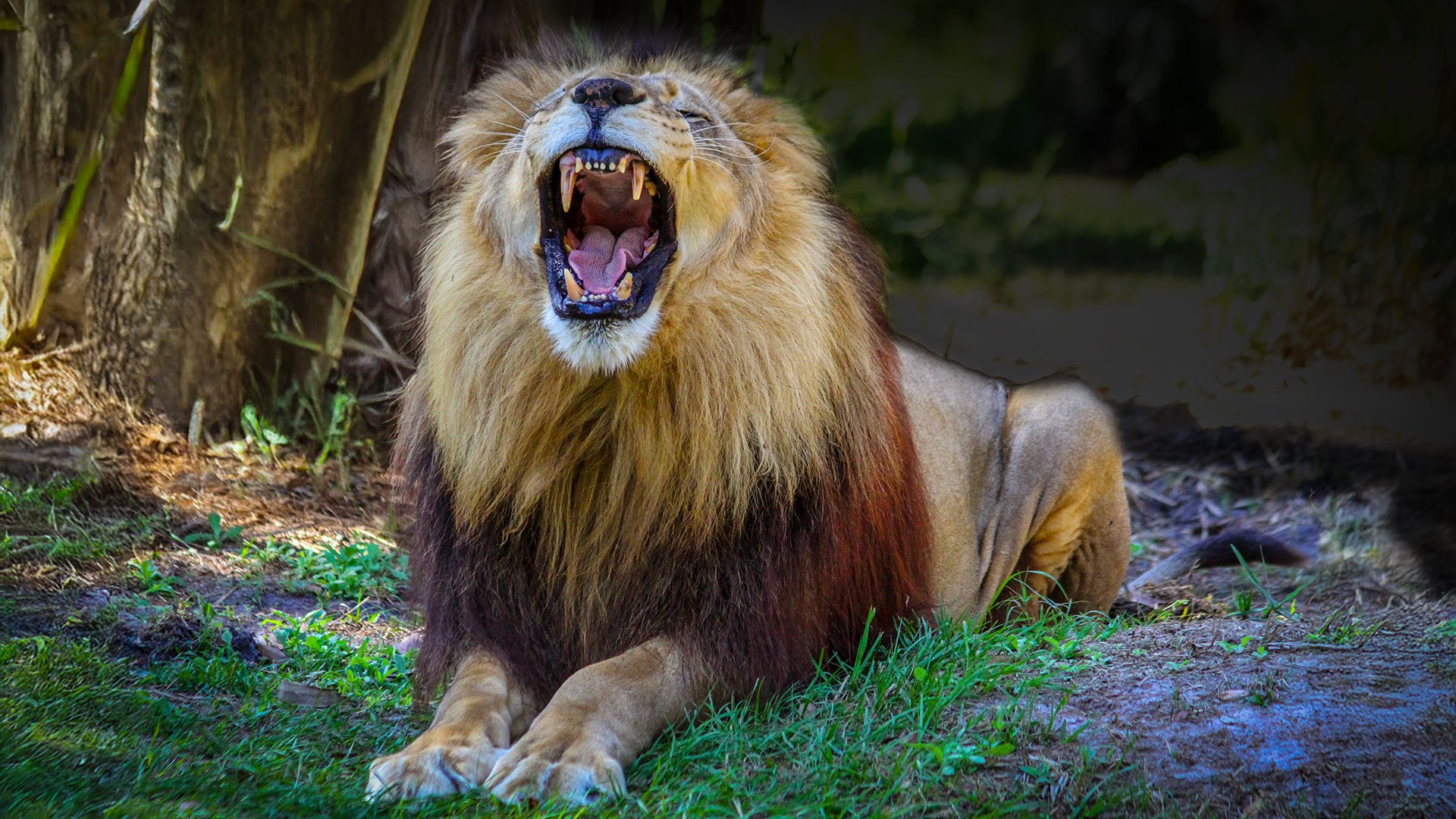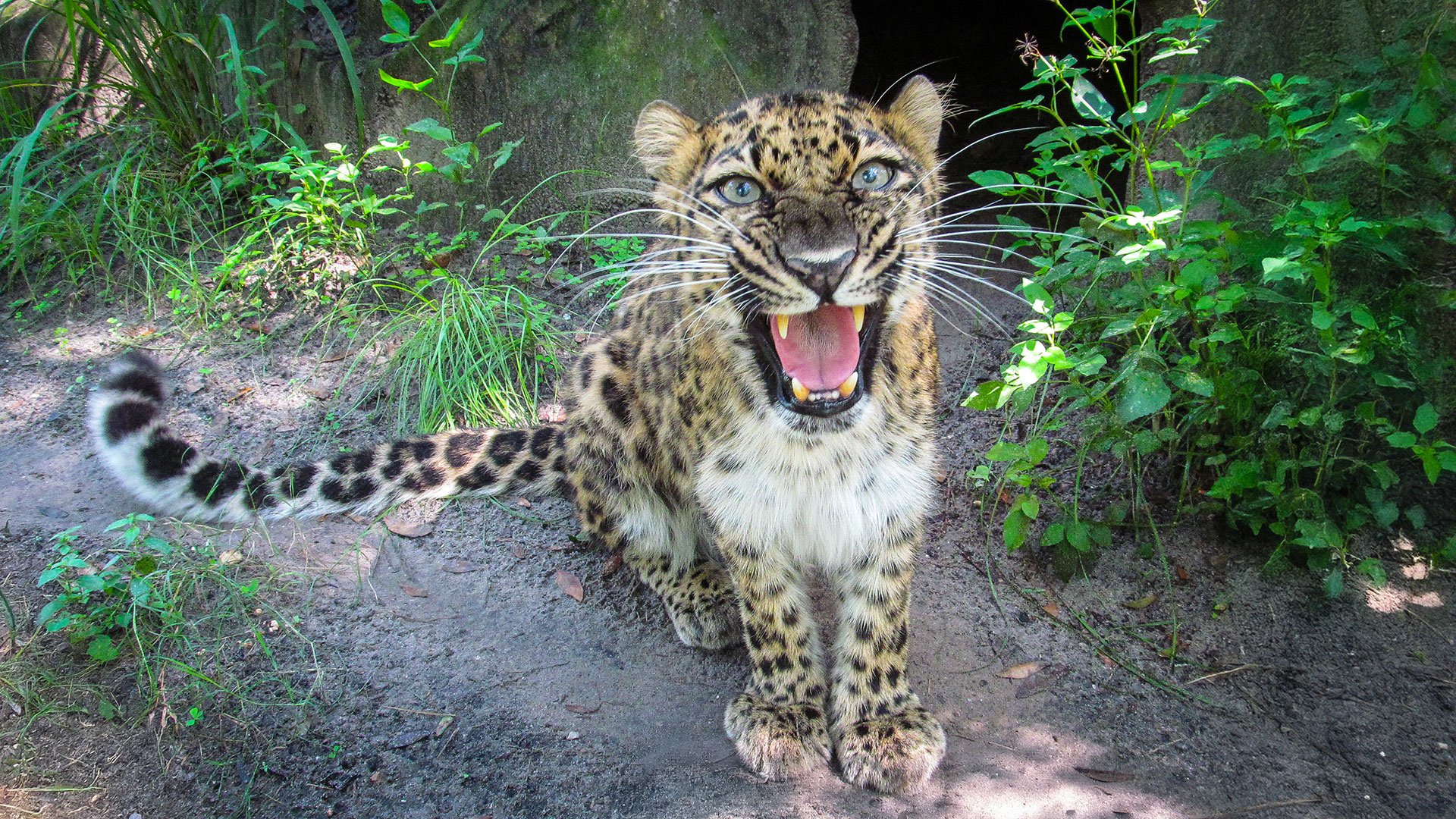The Silent Struggle: Why 669 Asiatic Lions Lost Their Lives – And What We Must Do
Asiatic Lion
In the heart of Gujarat’s Gir Forest, a dwindling pride fights to hold on to survival. But a recently released government report has delivered chilling news—669 Asiatic lions have died over the past five years, with 2024 marking the highest loss in recent memory.
Once teetering on the brink of extinction, Asiatic lions (Panthera leo persica) found refuge in Gir, the last remaining bastion for this critically endangered subspecies. Conservationists celebrated when the population rebounded to over 674 individuals in 2020. But the latest data exposes a grim truth: this fragile success is unraveling.
A Surge in Mortality: 2024’s Deadliest Year Yet
Out of the 669 lions lost since 2019, a staggering 184 perished in 2024 alone—the highest toll in five years. Experts attribute this surge to a combination of natural causes, territorial fights, and disease outbreaks. But lurking beneath these reasons lies a more unsettling problem: habitat saturation and human encroachment.
Gir’s lion population has grown, but their habitat has not. Lions have been forced to venture beyond the sanctuary’s boundaries, spilling into agricultural lands and villages in search of food and space. This expansion has led to an increase in conflicts with humans, road accidents, and exposure to deadly diseases.
Habitat Loss: A Crisis in the Making
While Gir provides protection, it cannot sustain an ever-growing population. Asiatic lions now occupy over 36,000 square kilometers, stretching far beyond the designated protected areas. But as human settlements expand and farmland encroaches on wildlife corridors, lions are left vulnerable.
“Lions are resilient, but they cannot survive when their habitat is shrinking and fragmented,” warns Dr. Ravi Chellam, a leading lion conservationist.
The Threat of Disease: A Looming Catastrophe
In 2018, the threat of extinction loomed large when canine distemper virus (CDV) claimed over 30 lions in Gir. Despite vaccination drives and increased monitoring, the specter of disease continues to haunt the population. When lions venture into human settlements, the risk of disease transmission multiplies.
A single outbreak could decimate an already vulnerable population—a grim reminder that relying on a single habitat for survival is a ticking time bomb.
Why Translocation is No Longer Optional—It’s a Lifeline
For over a decade, wildlife experts have pushed for translocating a portion of Gujarat’s lions to a second habitat. Kuno National Park in Madhya Pradesh has long been identified as a suitable secondary home, but political hurdles and state rivalries have stalled the process.
Had translocation been implemented years ago, many of the 669 lions might have had a chance to thrive in a safer, less crowded environment. Yet, despite a Supreme Court ruling in 2013 mandating the translocation of lions to Kuno, Gujarat’s government has delayed progress, citing concerns over losing its ‘pride.’
The Consequences of Inaction: A Lesson from the Past
Conservation history is littered with painful reminders of what happens when we ignore the dangers of limited gene pools and habitat overcrowding.
👉 The Tasmanian tiger was driven to extinction in the 20th century due to habitat destruction and human persecution.
👉 The Cheetah in India was declared extinct in 1952 after decades of habitat loss and poaching.
We cannot afford to let history repeat itself with the Asiatic lion.
Hope on the Horizon: The Time to Act is Now
Despite these challenges, there is still hope. Experts agree that immediate action can prevent a catastrophe. To secure the future of Asiatic lions, we must:
✅ Initiate the long-delayed translocation to Kuno National Park. A second population ensures genetic diversity and mitigates the risk of extinction.
✅ Expand protected areas and create wildlife corridors. Giving lions more space to roam reduces conflict and disperses the population more evenly.
✅ Invest in better disease surveillance and rapid response protocols. Vaccination drives and monitoring can prevent future outbreaks.
Be a Voice for the Lions: Advocate for Their Survival
The story of the Asiatic lion is not just one of survival—it’s a testament to the power of conservation when humans act with urgency. But today, their future hangs by a thread. We must raise our voices and push for translocation, habitat protection, and stronger disease prevention measures.
Big Cat Rescue has long advocated for preserving wild cats where they belong—in the wild. But this mission depends on public awareness and pressure. The fate of Asiatic lions is not just a concern for India—it’s a global responsibility.
🦁 Speak up for translocation.
🦁 Support conservation efforts that protect lions beyond Gir.
🦁 Encourage policies that balance human development with wildlife protection.
If we act now, future generations will not inherit a world where the roar of the Asiatic lion echoes only in history books.
Read more: https://www.deccanherald.com/india/669-asiatic-lions-died-in-past-5-years-maximum-in-2024-govt-data-3465940
